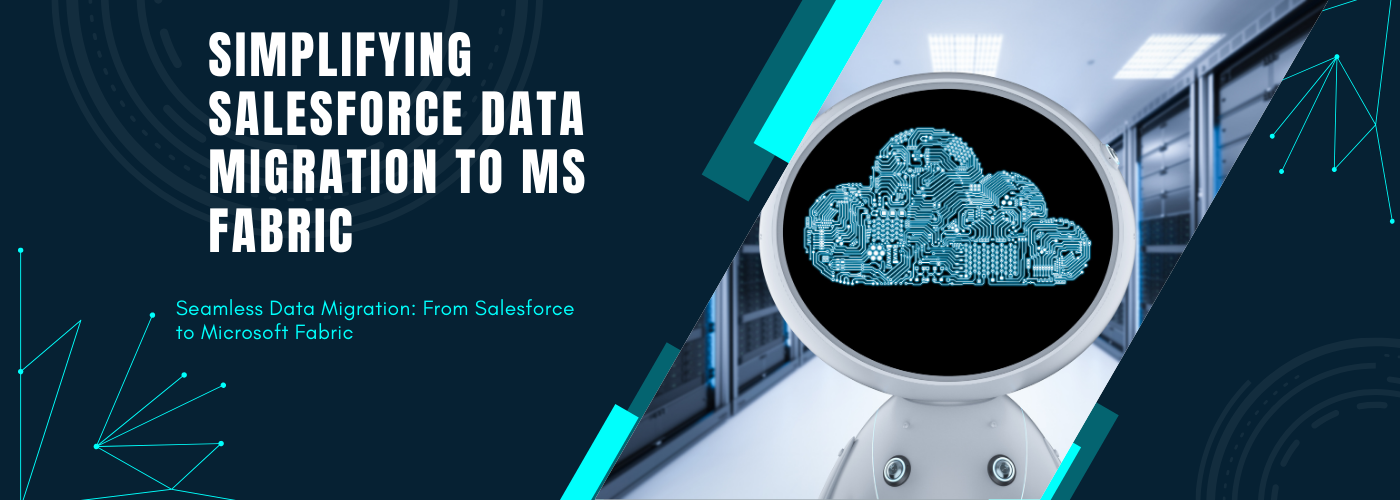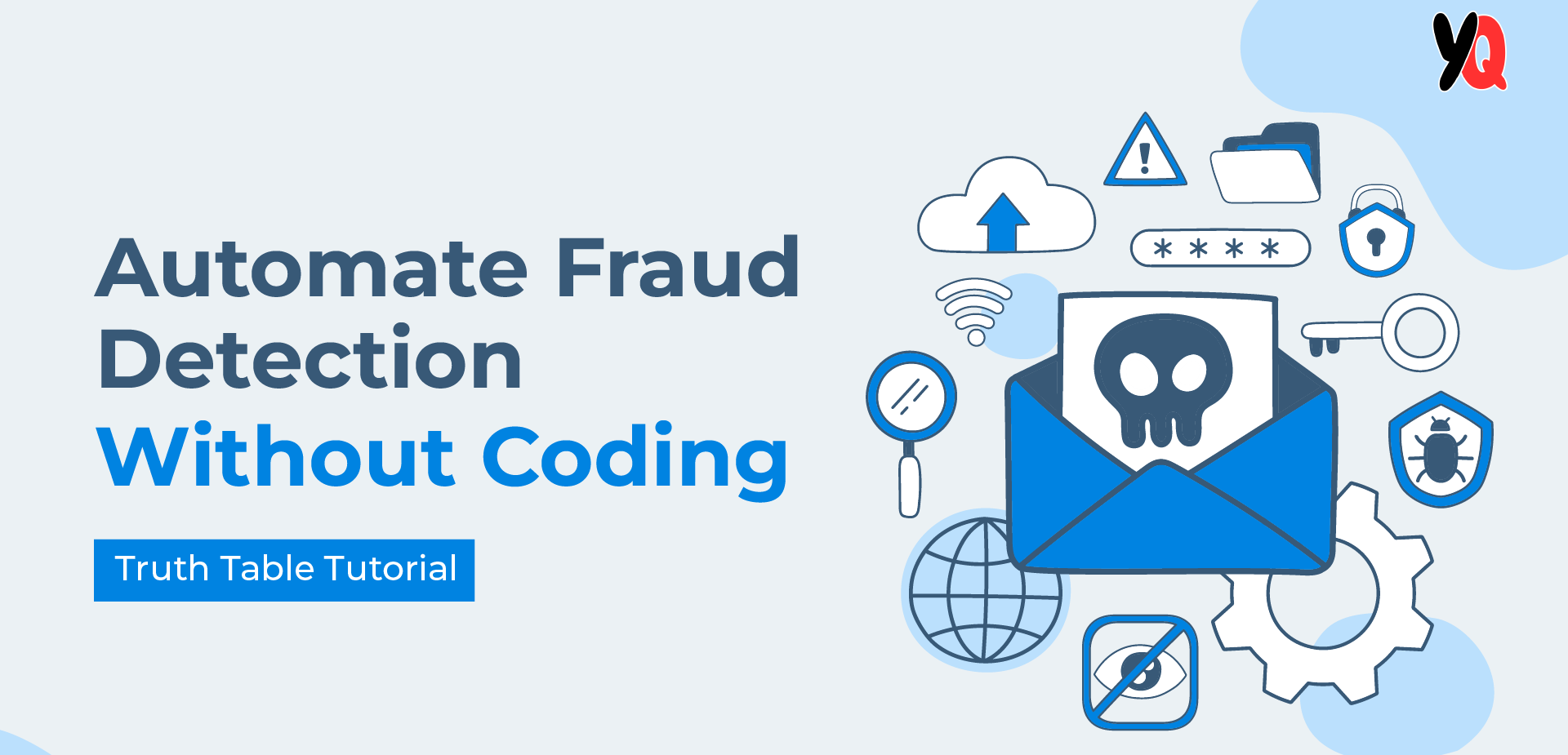In today’s rapidly evolving digital landscape, managing and analyzing data efficiently is crucial for business success. One of the key challenges many organizations face is migrating their data from Salesforce to MS Fabric for comprehensive analysis. While the process may seem daunting, it doesn’t have to be. In this blog, we’ll break down the steps, tools, and strategies you can use to make Salesforce data migration to MS Fabric smooth, cost-effective, and even enjoyable.
Understanding the Data Flow: Salesforce to MS Fabric
Before diving into the migration process, it’s essential to understand how Salesforce stores and manages its data. Unlike traditional databases, Salesforce doesn’t allow direct access to its underlying data storage. Instead, all interactions with Salesforce data are done through an API. This API acts as a bridge, allowing you to access and transfer the data securely.
Imagine This Scenario:
You have two cups—one labeled ‘Salesforce’ and the other ‘MS Fabric.’ The data (represented by sand) in the Salesforce cup is secure, with only a small opening (the API) through which you can extract and transfer it to the MS Fabric cup. Our goal is to help you understand how to do this effectively.
Option 1: Pipelines – A Simple Yet Limited Solution
Pipelines are the first and simplest method to bring Salesforce data into MS Fabric. With just a few configurations, you can start moving data quickly. However, there’s a significant limitation: Pipelines do not support upserts (a combination of update and insert operations).
What Does This Mean?
Even if you need to update just a few records, Pipelines will overwrite the entire dataset every time you run the migration. This process can be resource-intensive and expensive, especially when dealing with large datasets. Therefore, Pipelines are best suited for smaller datasets or scenarios where you only need to append new data without altering existing records.
Option 2: Data Flow – Leveraging Spark for Transformations
Data Flow offers another straightforward method for Salesforce data migration. Similar to Pipelines, Data Flow allows for simple configurations to start data transfer. However, it also shares the same limitation—no upsert functionality, meaning you can only append or overwrite data.
The Advantage?
Data Flow allows you to use Spark’s capabilities for data transformations before the data is ingested into MS Fabric. This is particularly useful if you need to clean, format, or otherwise manipulate your data during the migration process. However, the challenge of overwriting all your data each time still persists.
Option 3: PySpark Notebook – Flexibility Through Code
For those dealing with large datasets or requiring more control over the migration process, coding is the most flexible and efficient option. While the idea of writing code may seem intimidating, the process is made simpler with the simple_salesforce Python package.
Why Choose This Method?
With just a few lines of PySpark code, you can directly manage the data migration, including upserting specific records without overwriting the entire dataset. Additionally, you can leverage Spark sessions to perform any necessary data transformations, ensuring that your data is in the optimal format before it’s stored in MS Fabric.
Putting It All Together: Choosing the Right Method for Your Needs
When deciding on the best method for migrating Salesforce data to MS Fabric, it’s important to consider the size of your dataset, the frequency of updates, and whether or not you need to perform data transformations during the migration.
- Pipelines are ideal for smaller datasets or scenarios where you only need to append new data.
- Data Flow is a good choice if you require Spark for data transformations but can work within the limitation of appending or overwriting data.
- PySpark Notebook is the go-to solution for large datasets or when you need precise control over the migration process, including upserting and data transformation.
Final Thoughts
Migrating data from Salesforce to MS Fabric doesn’t have to be a complex, costly, or overwhelming process. By understanding the tools at your disposal—Pipelines, Data Flow, and PySpark Notebook—you can choose the method that best fits your business needs and budget. Whether you’re keeping it simple or diving into custom coding, the key is to plan carefully and choose the right approach for your specific use case.
Thanks for reading, and happy migrating!


